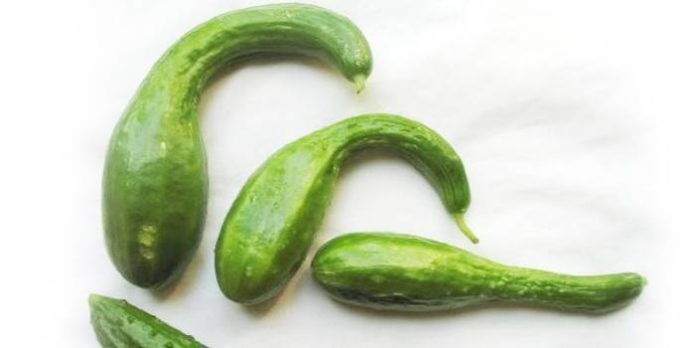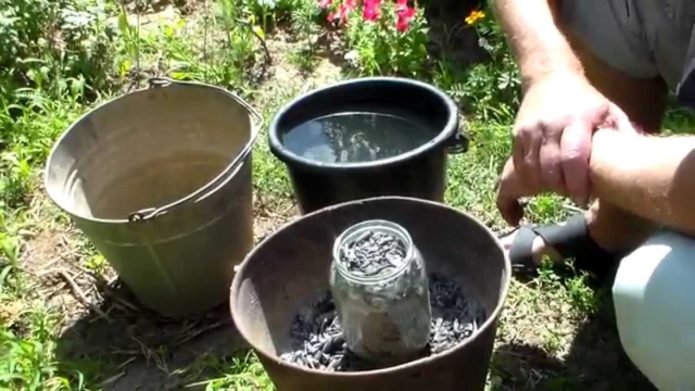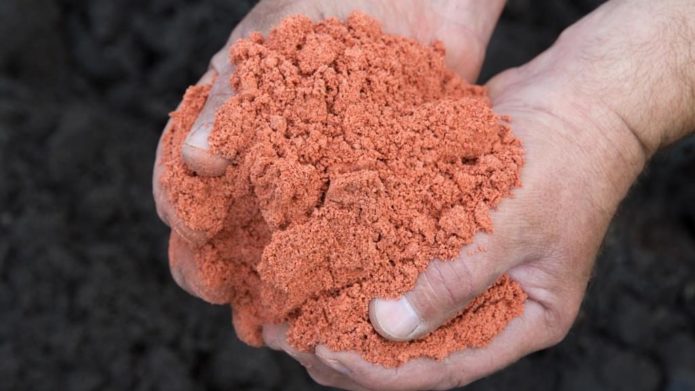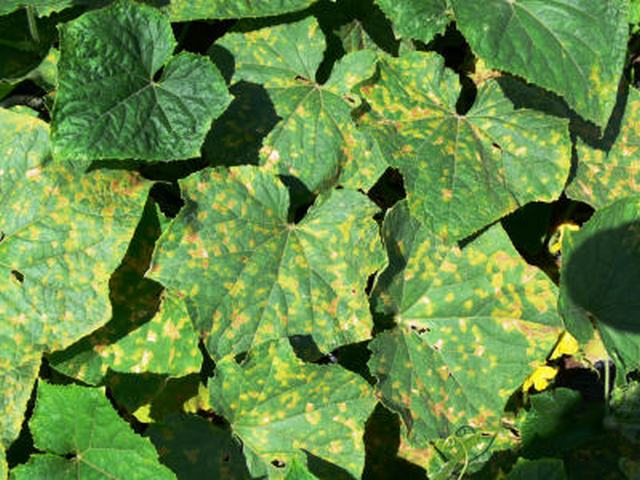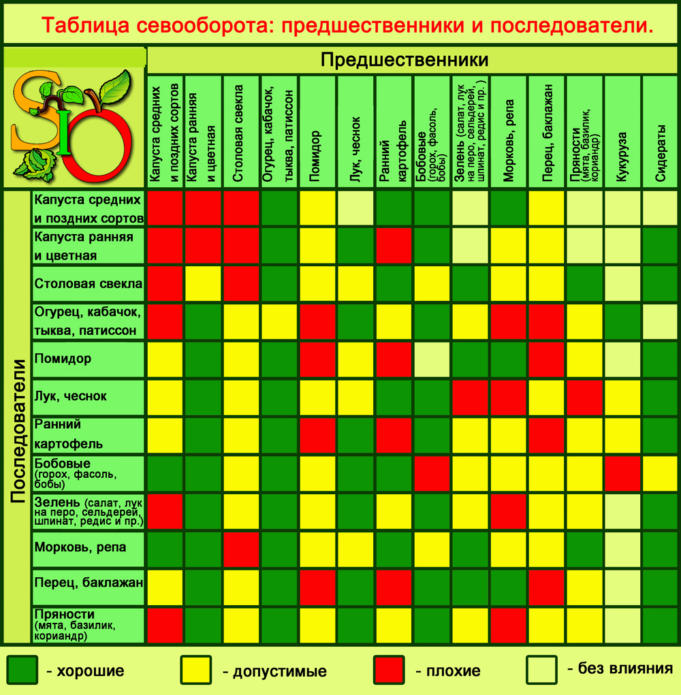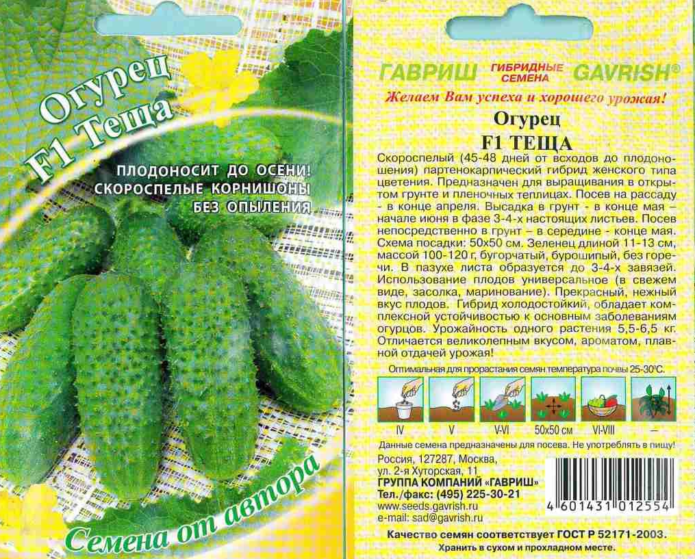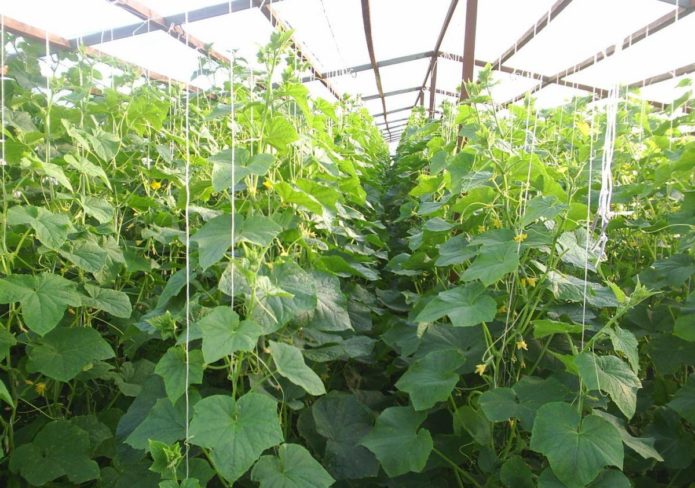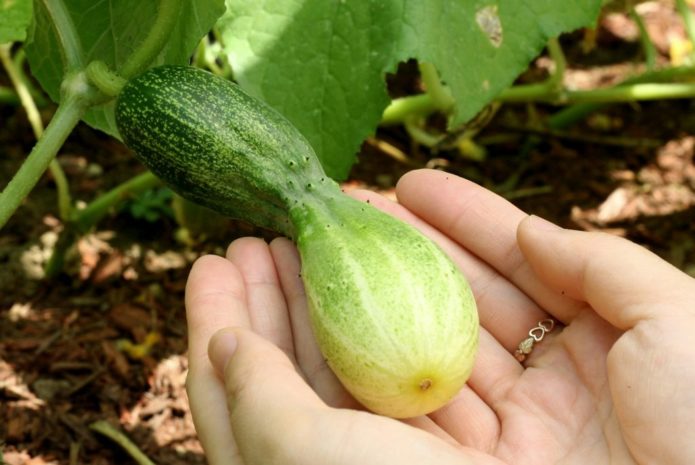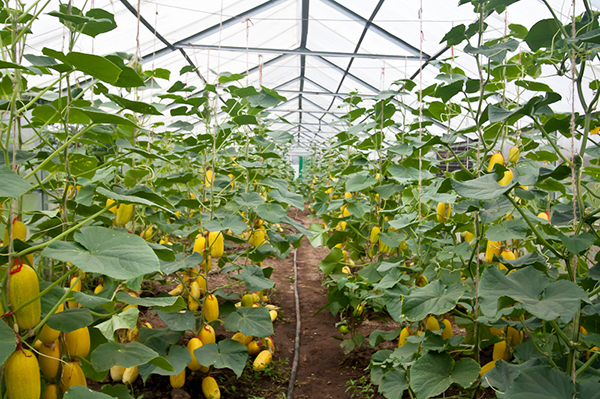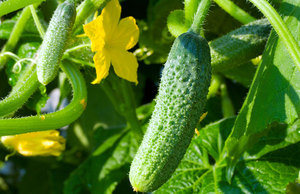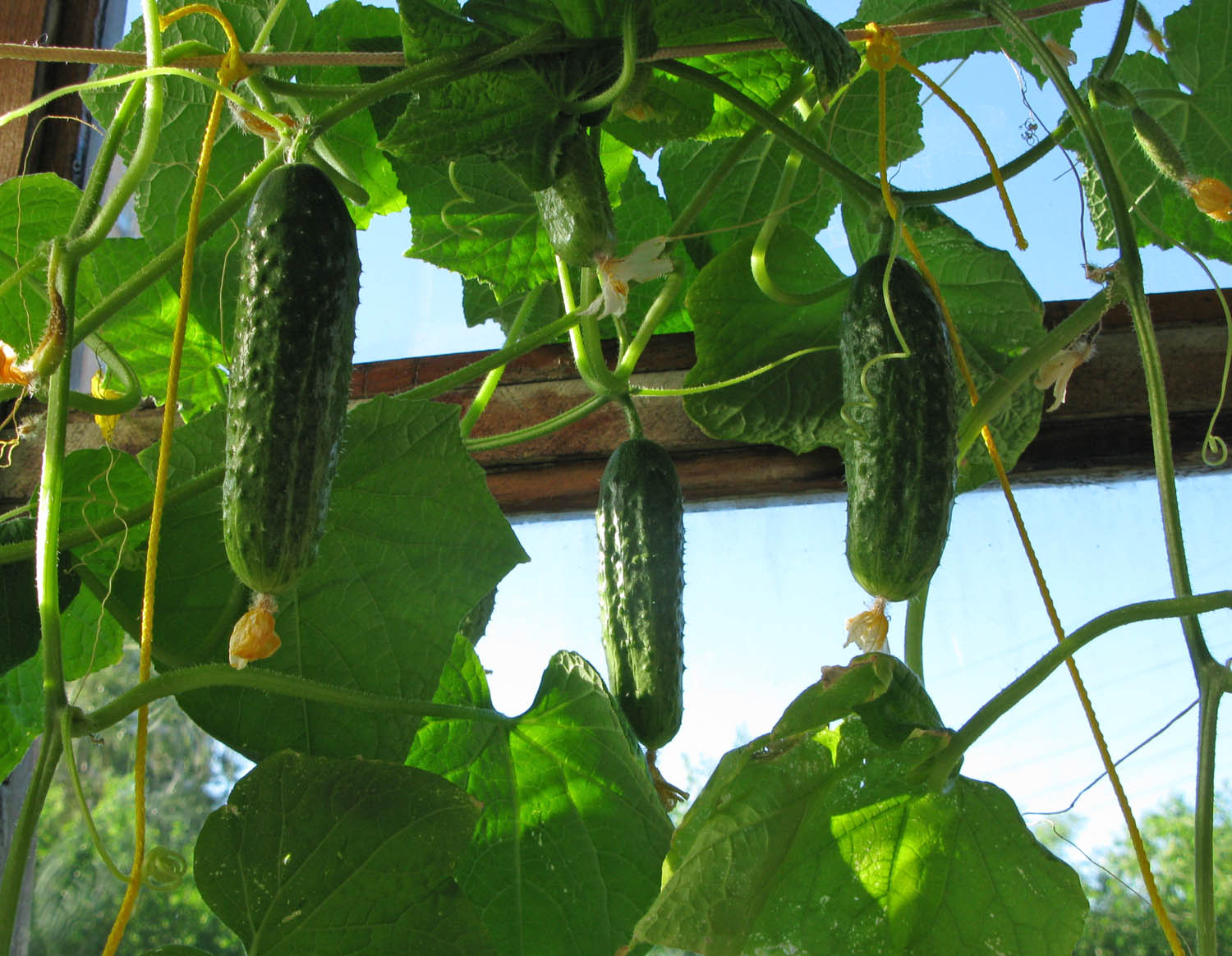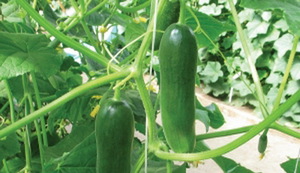Often, summer residents are faced with a situation where cucumbers grow in an irregular shape: arched, hooked, swollen. It turns out that in order to collect even fruits, it is not enough to plant seedlings correctly. Correctly created conditions for the plant and appropriate care help to eliminate such a phenomenon. And for this you need to know what the reasons may be for why cucumbers grow in a crochet or other irregular shape.
Content
Why cucumbers grow crooked: a list of basic reasons
Crooked cucumbers grow for several reasons:
- mistakes in applying dressings;
- non-compliance with crop rotation;
- incorrect selection of varieties and neighbors;
- cold;
- incorrect watering regime;
- rare harvest.
Video: why cucumbers are curved
How to solve the problem depending on the cause
In some cases, the cucumbers will need to be fed, in others - to provide the necessary conditions. To understand exactly what actions are required, pay attention to the signs of the problem and look at the photos you need, and then proceed with the action.
Lack of trace elements
An unbalanced composition of nutrients in the soil inevitably leads to the growth of irregular cucumbers... This mainly happens when there is not enough potassium or nitrogen.
Potassium deficiency
Potassium is responsible for the formation of cucumber ovaries. If you do not add it in the proper amount during the flowering of the plant and at the early stage of fruiting, then the cucumbers will be pear-shaped. In addition, the foliage on the lashes begins to turn yellow and droop.
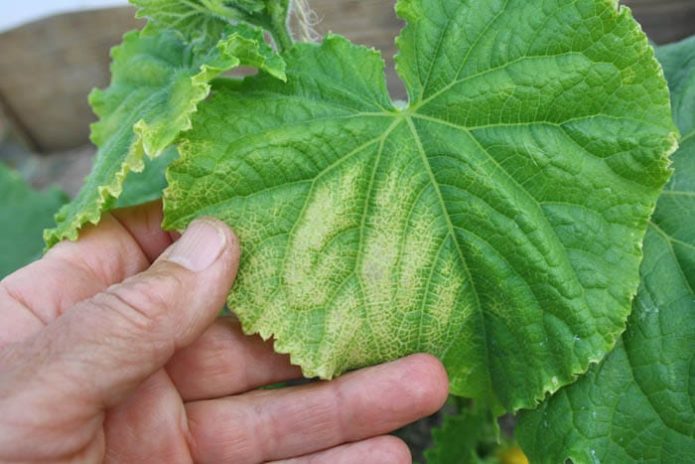
With a lack of potassium, a white stripe appears at the edges of the leaves and they lose their color
The following root dressings will help to get out of the situation:
- Ash powder (1 kg), which is infused in water (10 l) for 3-4 days. Then the resulting concentrate is diluted with pure water in a ratio of 1:10. About a liter of solution is poured under each plant.
- Potassium sulfate (diluted with 4 tbsp. L. In 10 liters of water). Its optimal consumption is 0.5 liters for a copy.
- Potassium salt (take 40 g per ten-liter bucket). For one seedling, 0.5 liters is enough.
For foliar feeding, the same means are used, only in a concentration less than 2 times.
Nitrogen starvation
If the cucumber leaves lose their rich green color, and the fruits are bent or become swollen in the middle and narrowed at the base, then this is the first sign of a lack of nitrogen.
Recommended fertilizers:
- Chicken droppings mixed with peat, sawdust and straw in equal proportions. Use the mixture in its original form after 1.5-2 months of exposure or dilute with water (1: 1) and leave for 2-3 days. Then water is poured into the concentrate (1:10) and cucumbers are poured between the rows.
- Nettle herbal solution.Leaves and shoots are finely chopped, filled with water in a 1: 4 ratio and left to ferment for 10-12 days. Water the plants with the resulting product once every 2 weeks.
- Urea (5–8 g per 10 l of water). Cucumbers are sprayed with this solution. After 5 days, ammonium nitrate is scattered under the plantings (30 g per 1 sq. M.).
The main thing is not to overdo it with nitrogen fertilizers. Otherwise, the culture will actively begin to increase the green mass to the detriment of fruiting.
Crop rotation: table of unwanted neighbors for cucumbers
It is not recommended to plant cucumbers after some crops:
- pumpkins;
- zucchini;
- eggplant;
- strawberries;
- tomatoes.
They pull potassium out of the soil, causing the fruit to curl or grow deformed.
If you plant cucumbers in one place for several years in a row, then the soil is depleted. It also accumulates a toxin - colin, which negatively affects the formation of ovaries.
It will help to improve soil fertility; early sowing of green manure in the area designated for planting cucumber... It is recommended to stick to oats, mustard or phacelia.
Poorly selected varieties and neighbors
Planting nearby varieties that do not need pollination (parthenocarpic) and pollinated by bees leads to the formation of new hybrids with modified fruits. It is important to plant cucumber varieties according to the season. So, light-loving and thermophilic species by the end of summer begin to react sharply to a decrease in air temperature and a decrease in daylight hours. As a result, they change shape.
When buying seeds, you should read the attached instructions, which contain all the information about the variety.
Recommendations:
- sow varieties that are especially in need of light and warmth, ahead of schedule and harvest until mid-August;
- do not plant parthenocarpic and common types of cucumbers in the immediate vicinity or delimit them with any non-woven material (helps to avoid cross-pollination).
Self-pollinated hybrids are recommended to be sown in greenhouses and greenhouses.
Thermal and light conditions
Cucumbers prefer a lot of light and heat, so persistently damp and cold weather negatively affects the formation of gherkins. Fruits cannot fully assimilate potassium from the soil at low temperatures. Optimum temperature: during the day - 20-23 ° C, at night - 18-20 ° C.
Activities to help create a favorable environment for cucumbers:
- regularly pinch and thin out the plants so that they receive more light;
- tie the whips to the support;
- heaters are installed in the greenhouse at night;
- on hot days, ventilate the greenhouse;
- whitewash greenhouses to minimize light exposure to the plant;
- place containers with water on the sides of an open garden with cucumbers (during the day, the water heats up, and at night it gives off heat to the plantings).
Watering
Often problems with the growth and fruiting of cucumbers arise from improper watering. The most common mistakes:
- Use of cold water. Against the background of a favorable microclimate for crop growth, which is created as a result of a stable soil and air temperature, it is not so difficult to chill the roots. Then the plant is forced to eliminate the resulting discomfort at the expense of internal resources. And this leads to weakened fruiting.
- Rare watering. Drought slows down vegetative processes in the soil and the plant goes into a mode of economical waste of resources, which negatively affects the development of cucumbers.
- Excessive hydration. Dampness causes rotting of the root system and prevents the plant from fully absorbing useful components from the soil.
To prevent cucumbers from curling or swelling like barrels, they take water for irrigation with a temperature of at least 18 ° C.
To reduce the dependence of cucumbers on watering, it is recommended to loosen the soil under the plants at the first shoots and spud them by 3-4 cm. Later this cannot be done, since the roots grow intensively close to the surface of the earth and are easily damaged.
Harvesting
Rarely removing the fruit from the lashes can also affect the shape due to malnutrition. Leaving the cucumbers for a long time on the lash, you create an obstacle to tying new ones. Timely picking will also preserve the quality of the crop, in particular its taste (overgrown fruits are bitter).
Pick the cucumbers daily.
If the summer resident fails to pay attention to the cucumbers every day, then it is advisable to free the plantings from large and small (4-9 cm long) fruits every 3 days. At the same time, they pay attention to the condition of the lashes - remove the drying ones. They also remove greens damaged by insects or diseases.
As you can see, the key reason for the curvature of cucumber fruits is disturbed nutrition, as a result of which the plant receives less potassium and nitrogen. In this regard, top dressing begins from the beginning of the growing season. And smoothing of temperature jumps at night and competent watering will minimize the risk of setting underdeveloped fruits.
